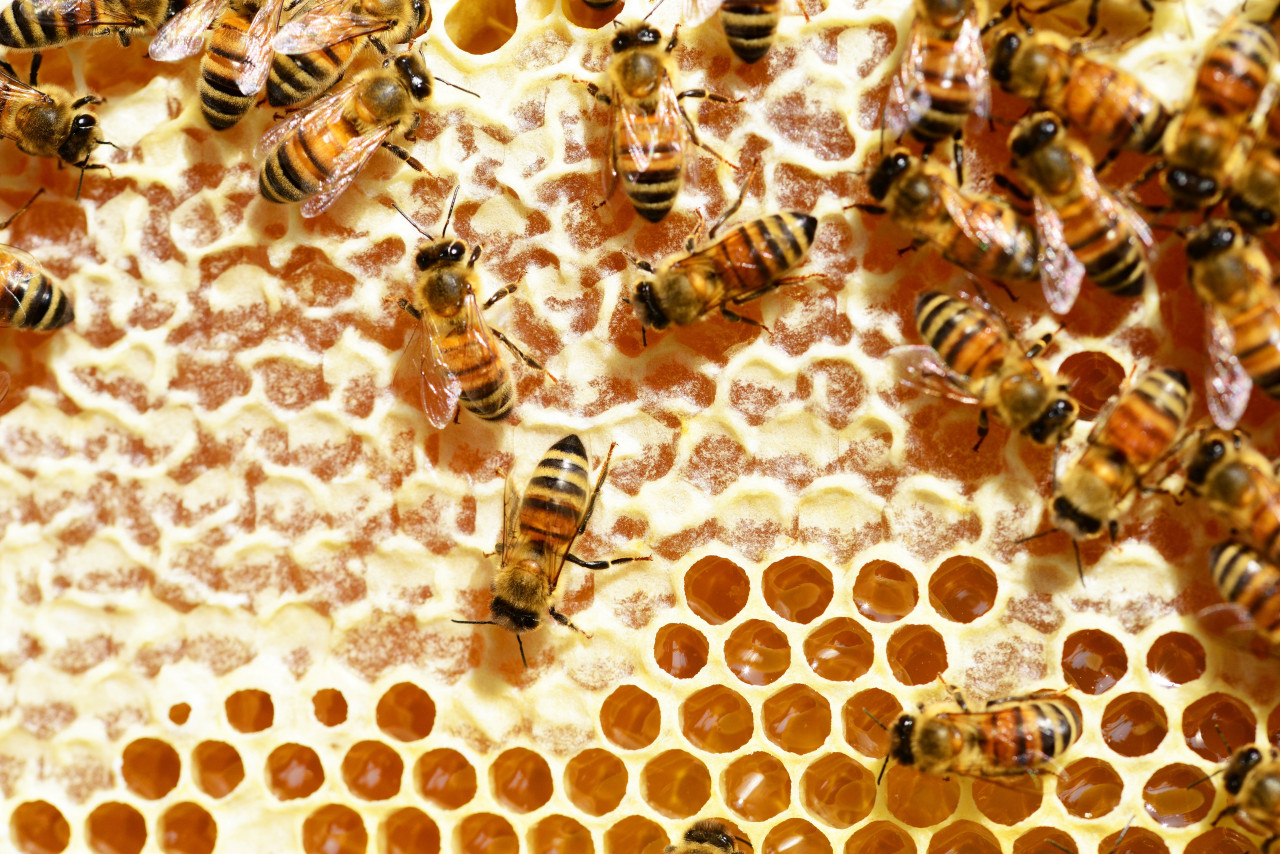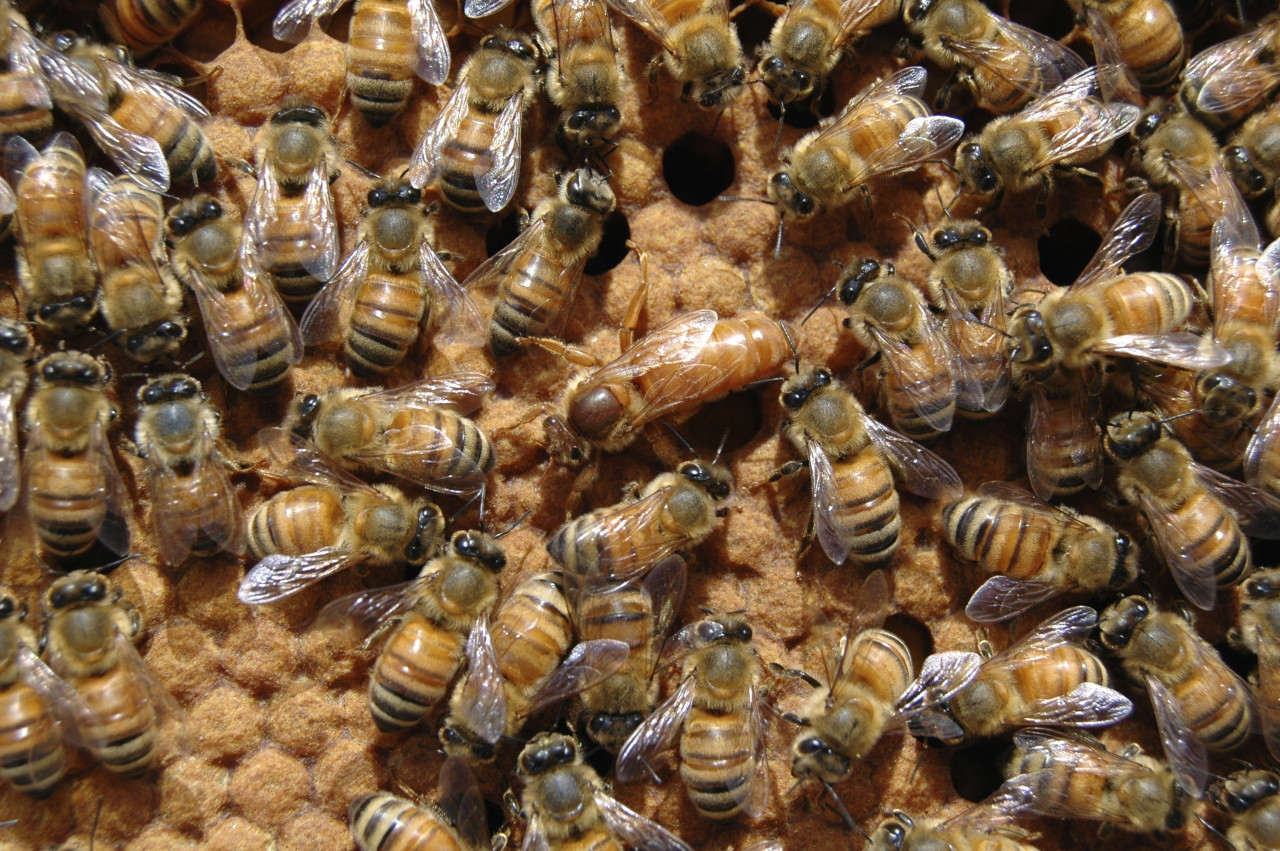The Top 4 Beekeeping Mistakes to Avoid [Better Beekeeping Blogs]
The Big 4 - What are they
Here’s a hint of what’s inside. Nutrition, queen status, swarm mitigation, and mite and disease control. The big 4 of basic beekeeping. Knowing much about any one of them puts you heads above the regular beekeepers with huge losses every winter. Know a lot about all of them puts you in the pro category, where every spring will be a breath of fresh air and a ton of flying bees!!
How to Navigate the Waters of a Rapidly Changing Environment
Agility is that concept of having the ability to move with the circumstances that present themselves. Sometimes the circumstances change abruptly (like our pandemic event) and sometimes it’s a subtle change of direction that nudges but doesn’t pull you under. Each has its challenges – one requires the reactive reflexes of a cat, the other discernment - and the ability to change course with the flow. It also requires the discipline to avoid the “escalation of commitment” syndrome, which I admit I’m guilty of - once on a bone, it’s hard to remove it from my focus.
The BIG 4 - Nutrition, Queens, Swarm Control, and Mites & Diseases
Here’s a hint of what’s inside. Nutrition, queen status, mite and disease control. The big 3 of basic beekeeping. Knowing much about any one of them puts you heads above the regular beekeepers with huge losses every winter. Know a lot about all three puts you in the pro category, where every spring will be a breath of fresh air and a ton of flying bees!!

Knowing Where the Landmines Are – How to Keep Them Nourished
Mistake #4 - Not Knowing Your Local Food Sources
The spring minor flow comes early here in our area with the Large Leaf Maple, sometimes it comes on slowly and sometimes it erupts!! Brood chambers can get plugged with pollen. With that comes huge population explosions, turning all that pollen into bees. Huge populations of bees mean they go through the nectar from that flow pretty fast once it stops, and all of a sudden, you're in a post flow dearth.
If you get behind on feeding it gets ugly!! Bees will get “hangry"!! If you don’t super early, you'll miss getting enough in the boxes to keep them until the major flow (here it's blackberry in June). If your colonies come out of winter lagging a little, you'll miss it. If you don’t watch the forage carefully, and just do what you normally do, when you normally do it, well, yup, you'll miss it!!
Knowing when the feed is plentiful and when it's scarce is the biggest skillset a beginner can develop!! It tells you when to feed and when to take off excess so the bees will stay in their boxes. The red zones are the times when the forage in our area is not sufficient to support the bees and I need to pay attention to getting them resources.
Solution #4 - Know Your Dearth Zones and Feed Accordingly!! (Step 5 of our ROADMAP Program).
As a matter of fact, here’s one piece of content for you to click and use for our 9 Step Bee Bootcamp Roadmap System. So, feel free to check it out and use it as a map to how to focus on your beekeeping educational journey.

Mistake #3 - Not Controlling Colony Strength
Populations expand quickly - it's what they do. Making more bees so they can split their colonies in two and swarm is how they reproduce. The trick to keeping them where you put them is being able to anticipate when they have enough bees and resources to leave town!! One way to combat that challenge is making sure they never have enough of either to be able to make that decision. So take their resources and they'll never have the confidence they can leave. If you've got queen cells in your hive, it means they're ahead of you and you need to remove the existing queen before she leaves of her own accord (a more advanced technique).
Keeping honey off their heads is one useful way to mitigation swarms (Walt Wright’s series on the Swarm Impulse is a great resource – you can find it here…. https://www.beesource.com/threads/nectar-management-101.365673/ open in a new tab). So, getting that honey out of the center of the box above the brood chamber is one way to keep them on their toes and not thinking about leaving.
So solution for #3 - pull brood, bees and honey to keep them in the boxes!!
Mistake #2 - Not Knowing Your Queen Status
Queenlessness and its sister issue, swarm behavior, are two of the most detrimental conditions you can come up against. For a couple of reasons - first, for queen loss there's just no way to fix it without eggs. If you don't have second colony to use as a donor, whelp, you're stuck buying a queen in. That‘s a challenge in these times due to the labor issues with postal deliveries and bringing in stock not locally adapted to your area. Most beginners can’t figure it out - and I get it. It's a daunting problem, but ignoring it will only create a laying worker condition where all your comb will be destroyed by drone brood in short order. So, identifying it as early as possible is the best option you have for saving the bees that are left and getting them redistributed to another unit before they go rogue.

On the other side of the street is the swarm condition where multiple queens are emerging in a hive creating secondary swarms and dwindling of the colony to its eventual demise. Knowing how to recognize both situations can go a long way to keeping bees in your boxes.
Solution #2 – Queen assessment and intervention techniques – in our ROADMAP Step 8 - the Queen Production Guide.
...And the Number 1 problem that beekeepers struggle with - the always present Varroa Mite!!
We cover the Mighty Mite Fight in our Step 9 of the Roadmap and also in our complementary blog post dedicated to the mites and how to deal with them. So, for more information go to our The Most Important Problem....Mites blog post.
So we provide tons of resources, lots of support, and a tried and true direction for an epic beekeeping journey. Not just any journey, but a successful one where you come out the other side with confidence and measurably improved skills! This system is different – a ROADMAP with SUPPORT. Built by a seasoned educator with a lifetime of experience in managed livestock, and who’s been refined in the fire of teaching in universities and institutions across the country.
Here are some more connections for you to use to understand the benefits of the program. One is from our blog library.
The Number 1 Problem Beekeepers Struggle With - The Varroa Mite [Varroa Mites]
And here's a learning curve accelerator OUR 9 STEP ROADMAP TO BETTER BEEKEEPING for you to use to get better faster. If you enjoy those don’t hesitate to sign up for more (email funnel link) and hopefully we’ll see you on the inside.
#TheBeeMentor #Beekeeping Mentor #Beekeeping Coach #Beekeeping Workshops
....and as always, there's a wealth of great information on the web platform that you can access just by visiting our About Us page and learning more about the path we've got in store for you on your journey to being a BETTER BEEKEEPER - a journey of SUCCESS, SELF CONFIDENCE AND WHOLELY SUPPORTED.